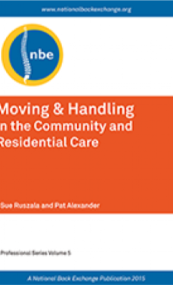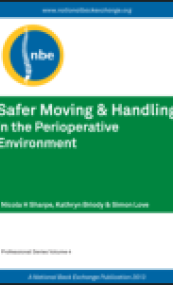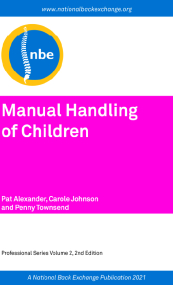National Back Exchange offers professional publications and leaflets to both members and non-members. See list of available publications below.
NBE Member Discount: A members only discount is available on Publications (not leaflets) when purchased online only. Apply the voucher code once you 'ADD TO CART' - follow the on screen instructions. The voucher code has been emailed to members.
Shipping: Free shipping on all UK orders of up to 10 items. For UK orders of 10 + items and all overseas orders, please contact NBE on 0191 244 2839.
Paying by Purchase Order: Please contact us on admin@nationalbackexchange.org if you would like to pay by invoice with a purchase order number.
Click below to access the NBE Online Publications Shop.





